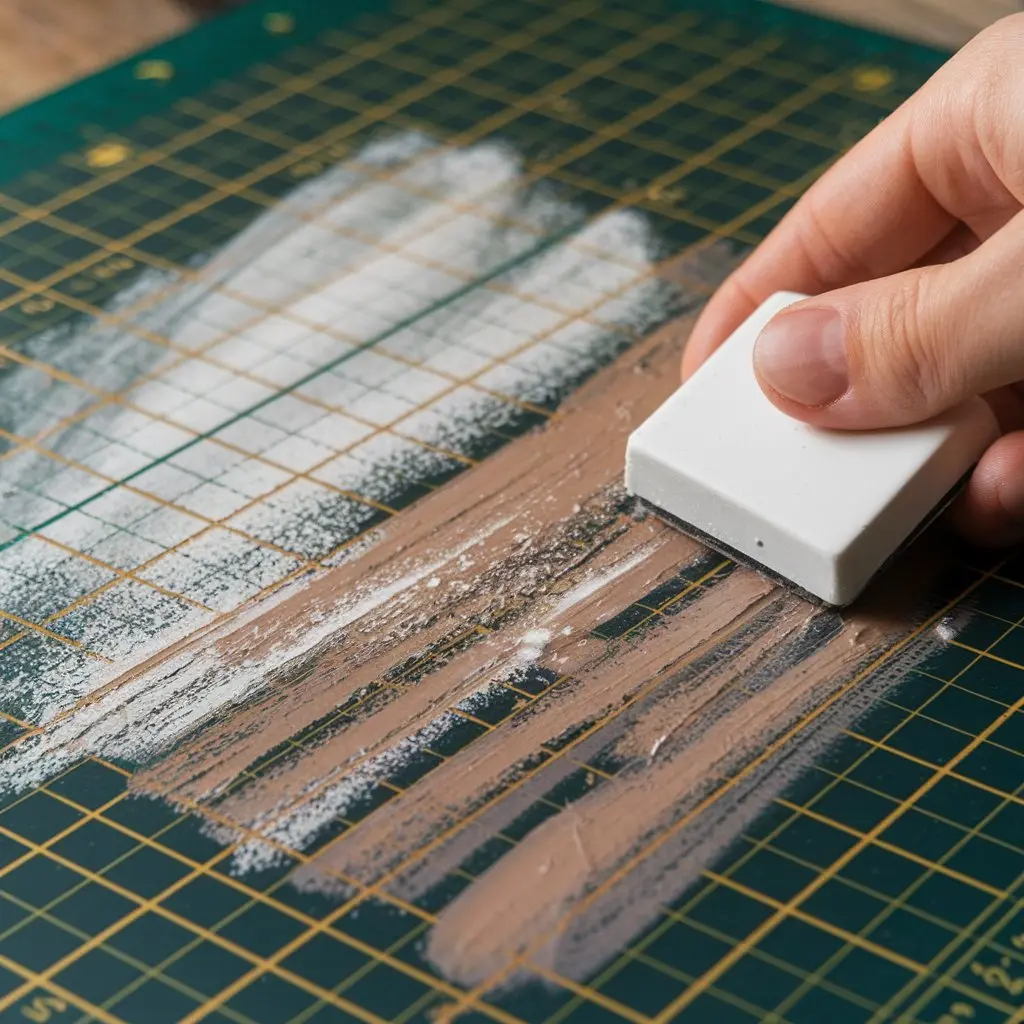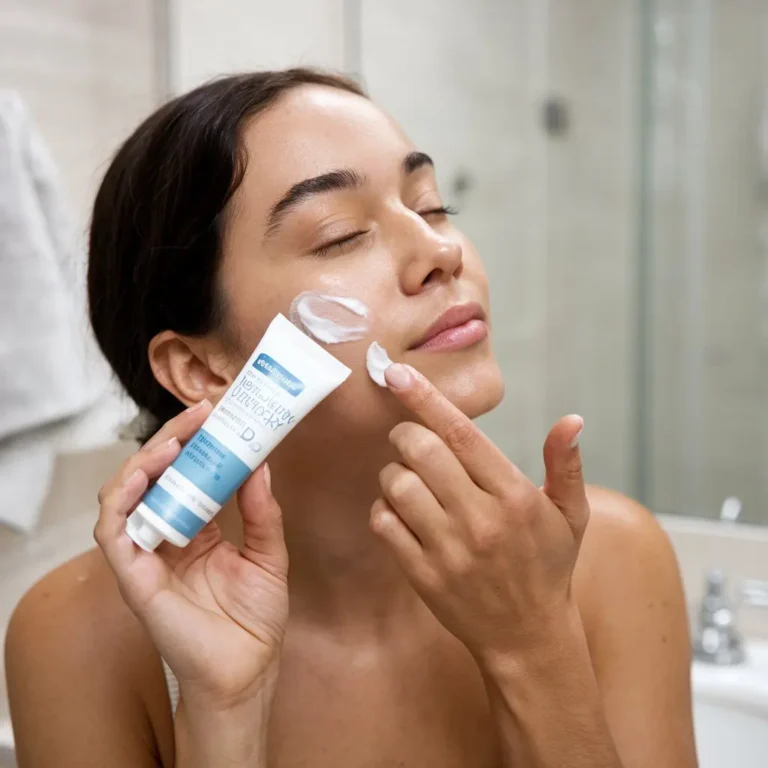What Can Remove Painted-On Lines from Healing Cutting Mats: Effective Solutions
Cutting mats are essential tools for various crafting and DIY projects. Over time, these mats accumulate painted-on lines that interfere with their usability. Fortunately, there are effective ways to remove these marks and restore your cutting mat to its original condition. In this article, we will explore some practical solutions.
Understanding the Problem with Painted-On Lines
Painted-on lines on healing cutting mats can be distracting. They can also affect the precision of your cuts. These lines come from repeated use, accidental spills, or deliberate marking. Thankfully, these stubborn marks are removable with the right techniques.
Use Isopropyl Alcohol for Quick Results
Isopropyl alcohol is a great solution for removing paint from cutting mats. This method is quick and easy. First, dampen a clean cloth with isopropyl alcohol. Next, gently rub the painted areas until the lines fade away.
Alcohol breaks down the paint without damaging the mat’s surface. If the lines are particularly stubborn, let the alcohol sit on the lines for a few minutes. Then, continue wiping until the lines are gone.
Try a Magic Eraser for Effective Scrubbing
A Magic Eraser is another excellent tool for removing painted lines from your cutting mat. This sponge-like product is designed for tough stains. Dampen the Magic Eraser with water, and then rub it over the painted lines.
The eraser’s texture helps lift the paint from the mat. Continue scrubbing until the paint is completely removed. If necessary, rinse the eraser and repeat the process.
Use Nail Polish Remover for Stubborn Paint
If isopropyl alcohol and Magic Erasers don’t work, you can try nail polish remover. The acetone in nail polish remover can effectively break down the paint on your cutting mat. Soak a cotton ball in nail polish remover and gently rub it over the painted lines.
Be cautious when using acetone. It can be harsh on some surfaces. Make sure to test it on a small, inconspicuous area of the mat first. If it doesn’t cause any damage, proceed to clean the painted lines.
Vegetable Oil: A Gentle Alternative
If you prefer a gentler solution, vegetable oil can work wonders. Pour a small amount of vegetable oil onto a clean cloth. Rub it over the painted lines in circular motions.
The oil helps to soften and lift the paint without damaging the mat. Once the paint has been removed, wipe away any excess oil with a damp cloth. This method is safe and effective for cutting mats that require more delicate care.
Combine Dish Soap and Warm Water for Light Marks
For light painted-on lines, dish soap and warm water might be all you need. Mix a few drops of dish soap with warm water and dip a soft cloth into the mixture. Gently scrub the painted areas until they disappear.
This method is gentle enough to use regularly. It’s especially useful for cleaning mats that have accumulated dirt and paint over time. After scrubbing, rinse the mat with clean water and let it air dry.
Use an Old Toothbrush for Detailed Cleaning
When dealing with tiny or intricate painted lines, an old toothbrush can be a handy tool. The bristles allow you to reach into the grooves of the cutting mat. Dip the toothbrush into your chosen cleaning solution, whether it’s isopropyl alcohol, dish soap, or acetone.
Use gentle circular motions to scrub away the paint. The toothbrush’s fine bristles ensure you clean every corner of the mat. Afterward, wipe the area with a damp cloth to remove any residue.
Sandpaper for Tough, Set-in Paint
In some cases, painted-on lines may have become deeply set into the mat’s surface. For these stubborn marks, fine-grit sandpaper can help. Gently rub the painted areas with the sandpaper in small, circular motions.
Be careful not to over-sand the mat. Use light pressure and keep checking the surface to avoid damaging the cutting mat. Once the paint has been sanded away, wipe the mat with a damp cloth to remove any dust.
Vinegar: A Natural Cleaning Solution
Vinegar is a natural and non-toxic cleaning agent. It works well for removing light paint marks from cutting mats. Simply soak a cloth in white vinegar and rub it over the painted lines.
Vinegar breaks down paint without the use of harsh chemicals. This method is particularly useful if you want a more eco-friendly solution. After cleaning, rinse the mat with water and let it dry completely.
Avoid Using Harsh Chemicals or Abrasive Cleaners
While it’s important to remove painted-on lines, you should also take care not to damage the cutting mat. Avoid using harsh chemicals like bleach or abrasive cleaners. These can ruin the mat’s surface and reduce its lifespan.
Always test any cleaning solution on a small area of the mat before applying it to a larger section. This helps ensure the mat won’t get damaged during the cleaning process.
Prevent Future Paint Marks with Proper Care
Prevention is always better than cure. To prevent future paint marks on your cutting mat, follow a few simple care tips. First, avoid using permanent markers or paints that are difficult to remove. Instead, use water-based markers if you need to mark on your mat.
Also, clean your mat regularly to avoid the buildup of paint and debris. A simple wipe-down with a damp cloth after each use can keep the mat in good condition. Proper care will help extend the life of your cutting mat and keep it looking its best.
Rotate Your Cutting Mat for Even Wear
Over time, certain areas of your cutting mat can wear down more than others. To prevent uneven wear and tear, rotate your mat periodically. This ensures that all sections of the mat get equal use. By rotating your mat, you also reduce the likelihood of paint marks becoming embedded in specific areas.
Store Your Cutting Mat Properly
Storing your cutting mat properly can also help prevent painted-on lines. Avoid storing it in direct sunlight or in extremely hot environments. Heat can cause the mat to warp or become damaged.
Instead, store your cutting mat in a cool, dry place where it won’t be exposed to excessive heat or pressure. Keeping it flat or hanging it up is the best way to maintain its shape and prevent unwanted lines or marks.
Conclusion
Painted-on lines on healing cutting mats can be frustrating, but they don’t have to be permanent. With the right tools and methods, you can easily remove these marks and restore your mat to its original condition. Whether you use isopropyl alcohol, a Magic Eraser, or a gentle cleaning solution like vegetable oil, there’s an effective solution for every situation. By following proper care and maintenance, you can also prevent future paint marks and extend the life of your cutting mat.







